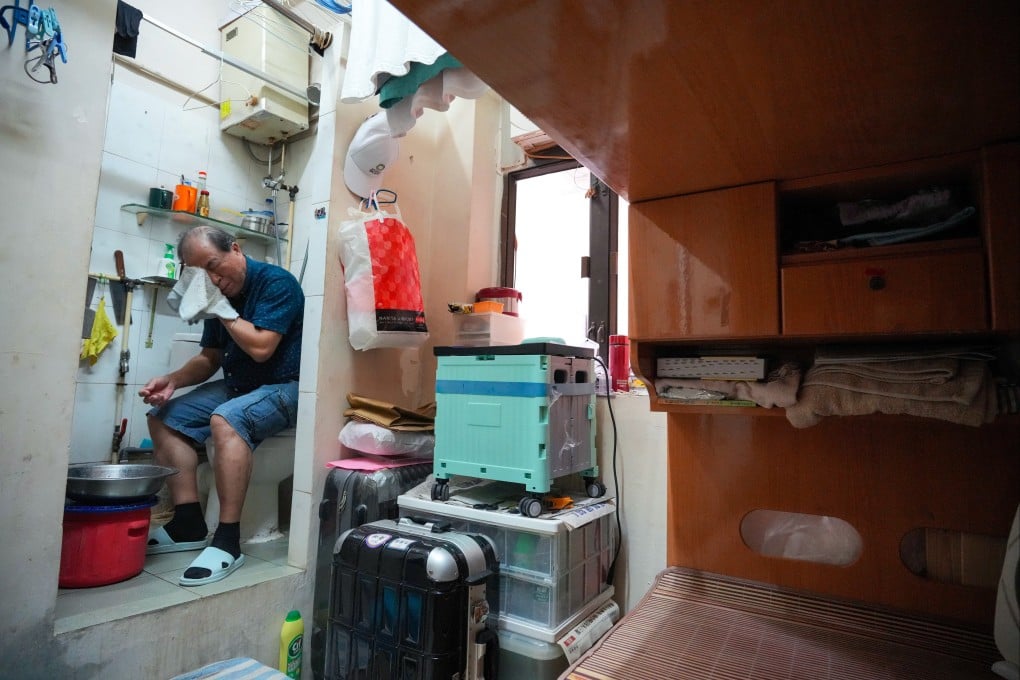Explainer | What is Hong Kong’s plan to eradicate worst subdivided flats and does it go far enough?
Critics say government legitimising problem by only eliminating 30 per cent of problem homes, despite Beijing order to ‘bid farewell’ to them

But critics have hit out at the government, saying the policy legitimises the problem by effectively allowing 70 per cent of the homes to stay, in stark contrast to Beijing’s order to “bid farewell” to them. Others have also slammed authorities for setting a lengthy time frame to implement their plan.
1. What is the latest policy?
Subdivided flats, which are formed by carving up a standard home into separate tiny spaces, have been well-known for safety and hygiene hazards. Some of the city’s poorest residents end up living in the homes given their low rent, but landlords can also make a big profit from the aggregate rental income.
The chief executive has announced his administration intends to pass new laws on subdivided flats next year that will allow only those that have registered and meet certain criteria to stay in the market. The flats will be known as “basic housing units”, a new government term.
The proposed standards include a minimum size of 86 square feet and a ceiling height of two metres (6.6 feet), as well as proper windows and at least one toilet for each subdivided home. The flats must also fulfil fire and structural safety requirements.
Deputy Financial Secretary Michael Wong Wai-lun said on Thursday about 30 per cent of the existing 110,000 subdivided flats did not meet the new criteria, with two-thirds of them being too small.
